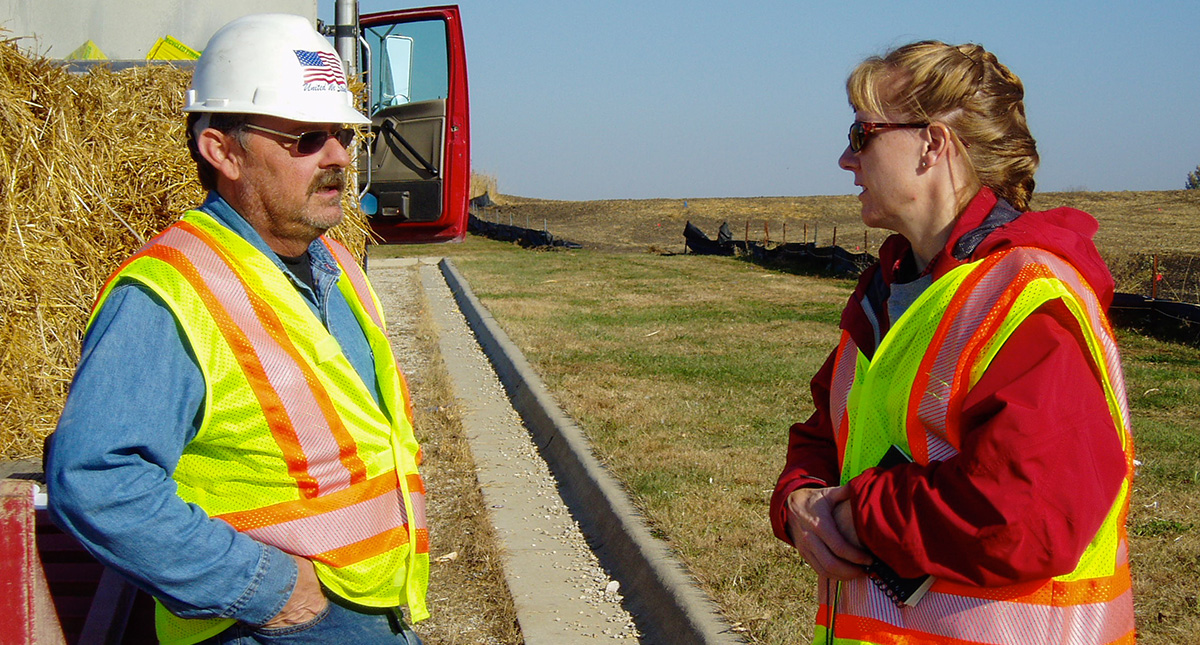Chapter 3: Communication
Table of Contents

Effective communication with county or city officials and the public is essential for building and maintaining support for an integrated roadside vegetation management (IRVM) program. Although roadside managers are busy with many responsibilities, regularly investing time in communication can pay dividends toward helping a program succeed.
Some roadside managers have been surprised at how they have been able to successfully use communication to gain support for their roadside programs from initially skeptical truck drivers, engineers, county supervisors, and others.
No matter who you are interacting with, best practices include
- being available and approachable to anyone seeking information or assistance;
- fostering trust by actively listening to stakeholders to understand their needs and consistently following through to accommodate their needs;
- promptly addressing complaints, concerns, and questions; and
- becoming the local expert on roadside management products and techniques and effectively explaining them to individuals unfamiliar with natural resources work.
Specific strategies for communicating with different stakeholders are presented below. As you read, keep in mind the amount of promotion and publicity needed to meet your goals can vary by county or city. A low-key approach might yield better results depending on local dynamics.


